Combining a dining room with a home library creates a sophisticated, multi-functional space that maximizes both style and utility. This trend transforms underutilized formal dining rooms into vibrant, everyday spaces where families can dine, work, read, and entertain. With 2025 design trends emphasizing multi-functional spaces, statement lighting, and personalized environments, library dining room combos offer the perfect solution for modern living. Current home library trends focus on "bookshelf wealth" aesthetics, floor-to-ceiling built-ins, and thoughtfully curated displays that blend seamlessly with dining functionality. Whether you're working with a small space or grand room, these combinations create intimate, intellectual atmospheres perfect for memorable meals and quiet reading moments.
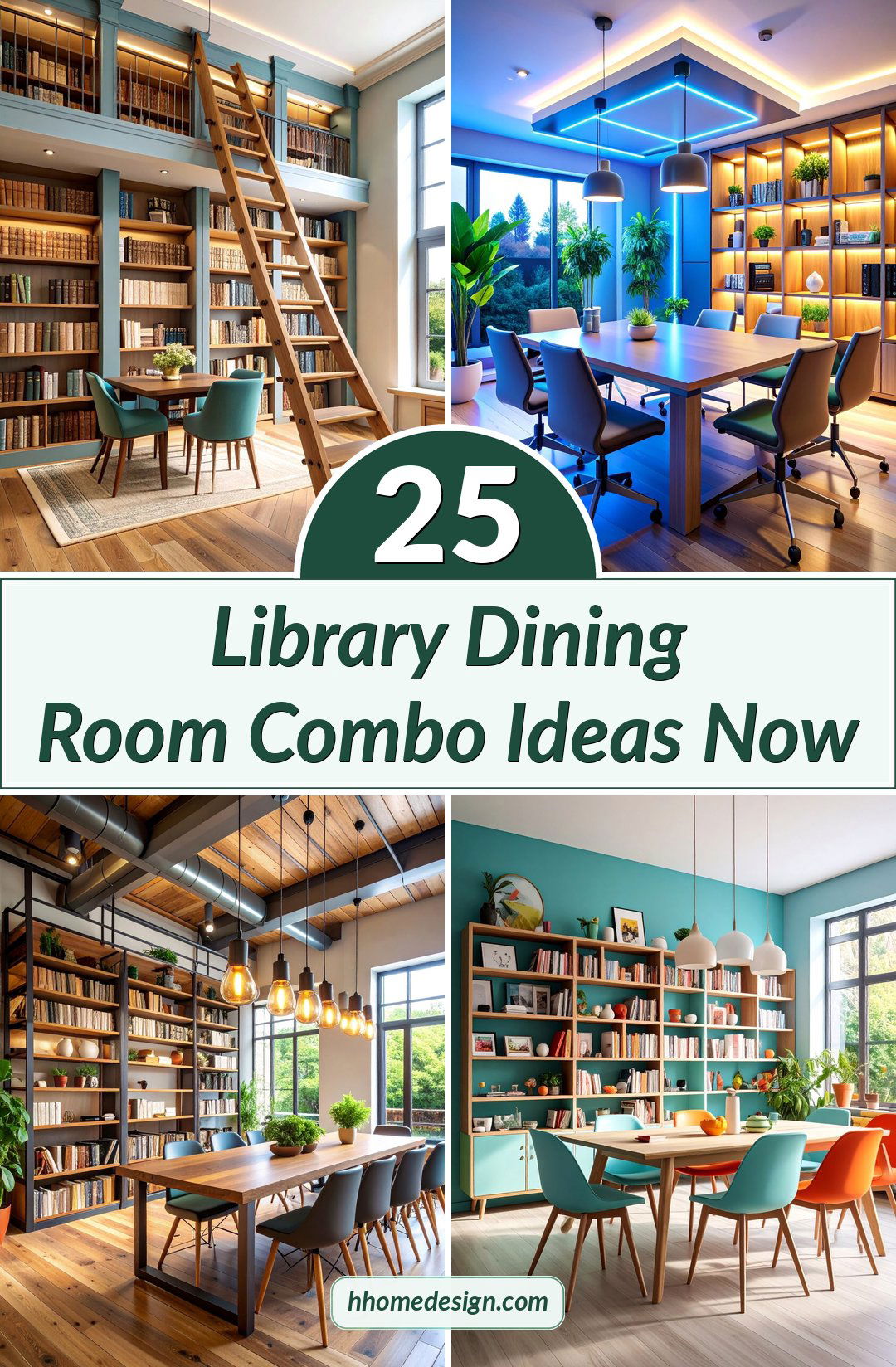
1. Floor-to-Ceiling Built-In Library Dining Room

Transform your dining space with dramatic floor-to-ceiling built-in bookcases that create an impressive library wall. This design maximizes vertical storage while establishing a sophisticated backdrop for dining. Install adjustable shelving to accommodate books of varying sizes, and incorporate hidden lighting within the shelves to illuminate your collection. Choose rich wood tones like walnut or mahogany to add warmth and elegance. Position your dining table centrally to create balance, and consider adding a rolling library ladder for both functionality and authentic library appeal. The built-in approach ensures seamless integration with your home's architecture while providing ample storage for an extensive book collection, decorative objects, and dining essentials.
2. Floating Shelf Library with Modern Dining Setup

Create a contemporary library dining room using sleek floating shelves arranged at eye level around your dining area. This modern approach offers visual lightness while providing substantial book storage without overwhelming smaller spaces. Install shelves in asymmetrical patterns for dynamic visual interest, mixing horizontal and vertical orientations. Style shelves with books organized by color or size, interspersed with decorative objects and small artworks. The floating design maintains clean lines essential to modern aesthetics while keeping books easily accessible. Pair with a minimalist dining table and streamlined chairs to complement the sleek shelf design. This approach works exceptionally well in open-concept homes where the dining area flows into adjacent spaces.
3. Corner Library Nook with Round Dining Table

Maximize space efficiency by creating a cozy corner library adjacent to your dining area. Install built-in corner shelving that wraps around two walls, creating an intimate reading alcove while maintaining the dining function. Choose a round dining table to promote conversation and flow, allowing easy movement around the corner library setup. Add a comfortable reading chair within the corner nook for quiet moments between meals. Use warm lighting such as table lamps or sconces to create ambient illumination for both reading and dining. This design works particularly well in smaller homes where every square foot counts, creating distinct zones within a single room while maintaining visual cohesion throughout the space.
4. Gallery Wall Library with Statement Dining Furniture
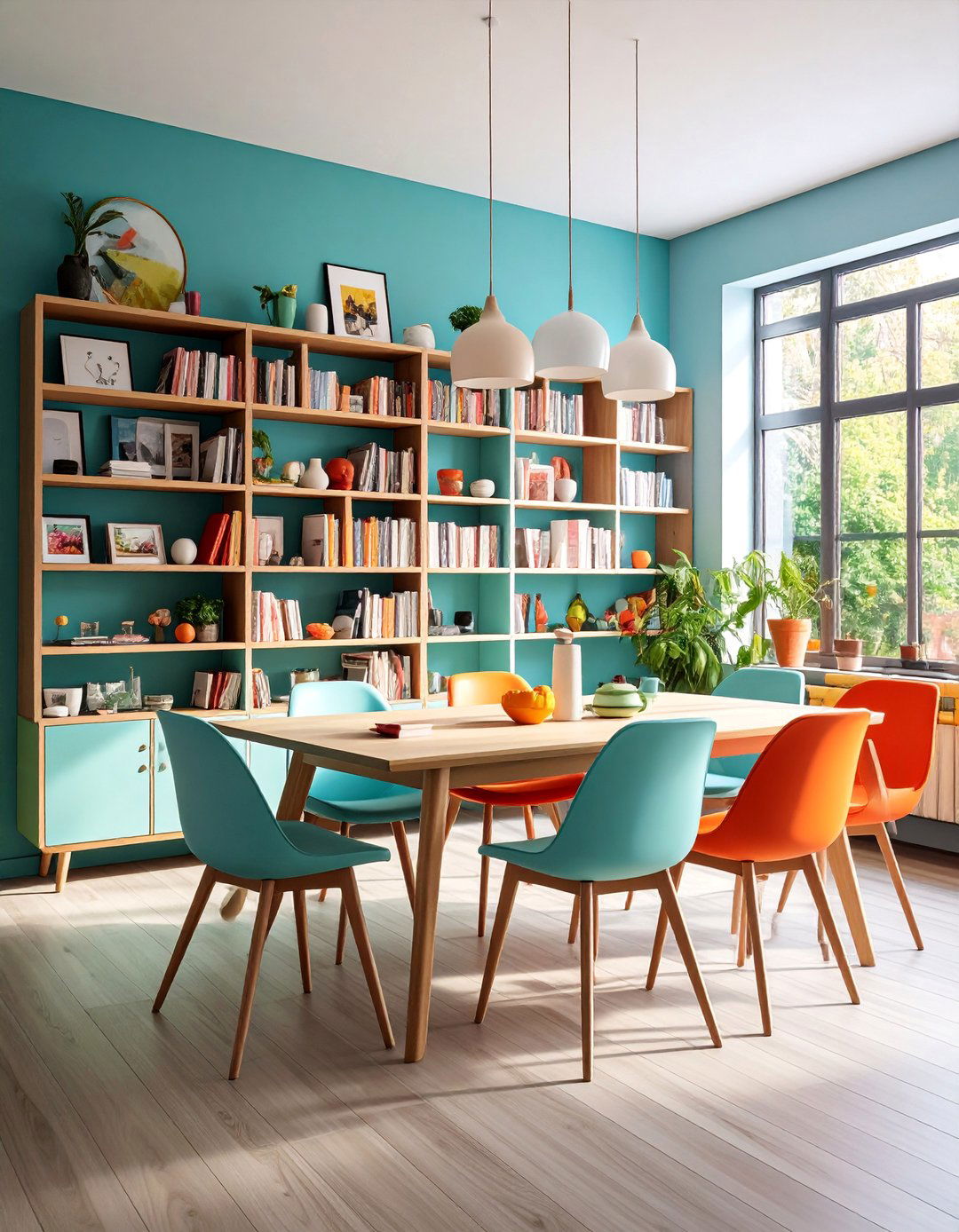
Combine your love of books and art by creating a gallery wall library featuring floating shelves interspersed with framed artwork and photographs. This approach adds visual depth and personality to your dining room while showcasing both literary and artistic collections. Arrange shelves at varying heights and lengths to create dynamic composition, filling gaps with personal photographs, prints, and small sculptures. Choose bold, statement dining furniture such as a live-edge wood table or sculptural chairs to complement the eclectic wall display. This design allows for easy rearrangement and seasonal updates, keeping your dining library fresh and engaging. Perfect for those who want their space to reflect personal interests and travel experiences.
5. Traditional Dark Wood Library Dining Room
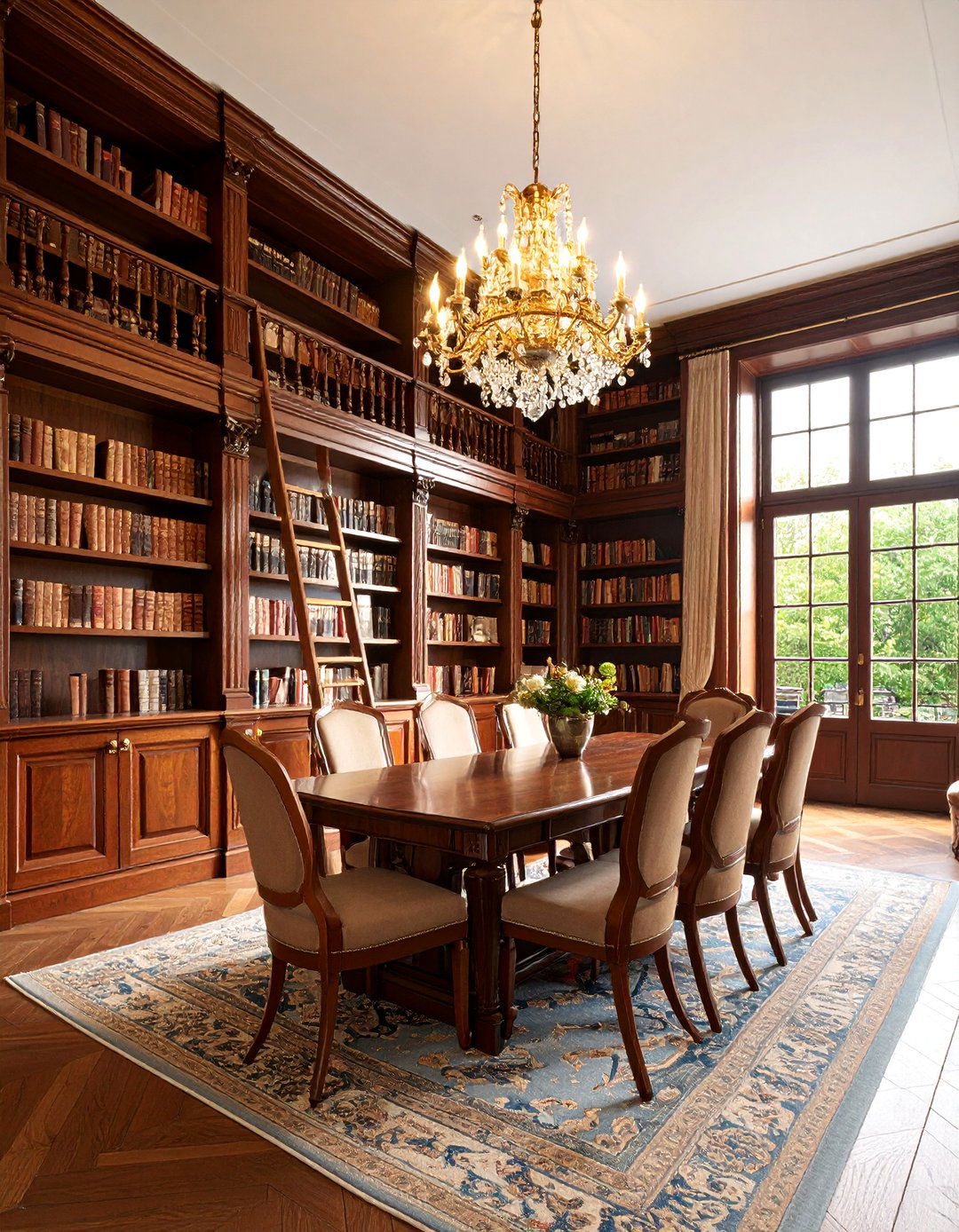
Embrace classic sophistication with a traditional dark wood library dining room featuring rich mahogany or cherry wood built-ins. Install floor-to-ceiling bookcases with traditional molding details and glass-front cabinet sections for displaying fine china or glassware. Choose a substantial wooden dining table that echoes the built-in woodwork, paired with upholstered chairs in leather or rich fabrics. Add traditional library elements such as a brass library ladder, classic table lamps with fabric shades, and a Persian or Oriental rug to ground the space. This timeless approach creates an elegant, club-like atmosphere perfect for formal entertaining while maintaining the comfort and functionality needed for everyday family meals and quiet reading sessions.
6. Scandinavian Minimalist Library Dining Combo

Create a serene, functional space using Scandinavian design principles with light wood shelving and clean lines. Install simple, geometric bookcases in blonde wood or white-painted wood, arranged symmetrically around your dining area. Choose a light wood dining table with tapered legs and pair with molded plywood or upholstered chairs in neutral tones. Keep book arrangements neat and organized, incorporating plenty of white space between volumes. Add natural elements such as small potted plants, woven baskets for storage, and natural fiber rugs. This approach emphasizes functionality and comfort while maintaining the clean, uncluttered aesthetic characteristic of Scandinavian design. Perfect for those who prefer calm, organized spaces that promote both productivity and relaxation.
7. Industrial Modern Library with Metal and Wood Elements

Blend industrial aesthetics with library functionality using metal pipe shelving systems and reclaimed wood surfaces. Create a striking contrast by combining raw steel elements with warm wood tones throughout your dining library. Install industrial-style floating shelves supported by black metal brackets, and choose a dining table featuring metal legs with a wood top. Add Edison bulb lighting fixtures and exposed metal elements to enhance the industrial vibe. Incorporate vintage leather seating and metal storage containers for a authentic warehouse feel. This design approach appeals to urban dwellers and those who appreciate the beauty of functional, unpretentious materials. The industrial library dining room creates a unique backdrop for casual entertaining and everyday family life.
8. Hidden Door Library Dining Room
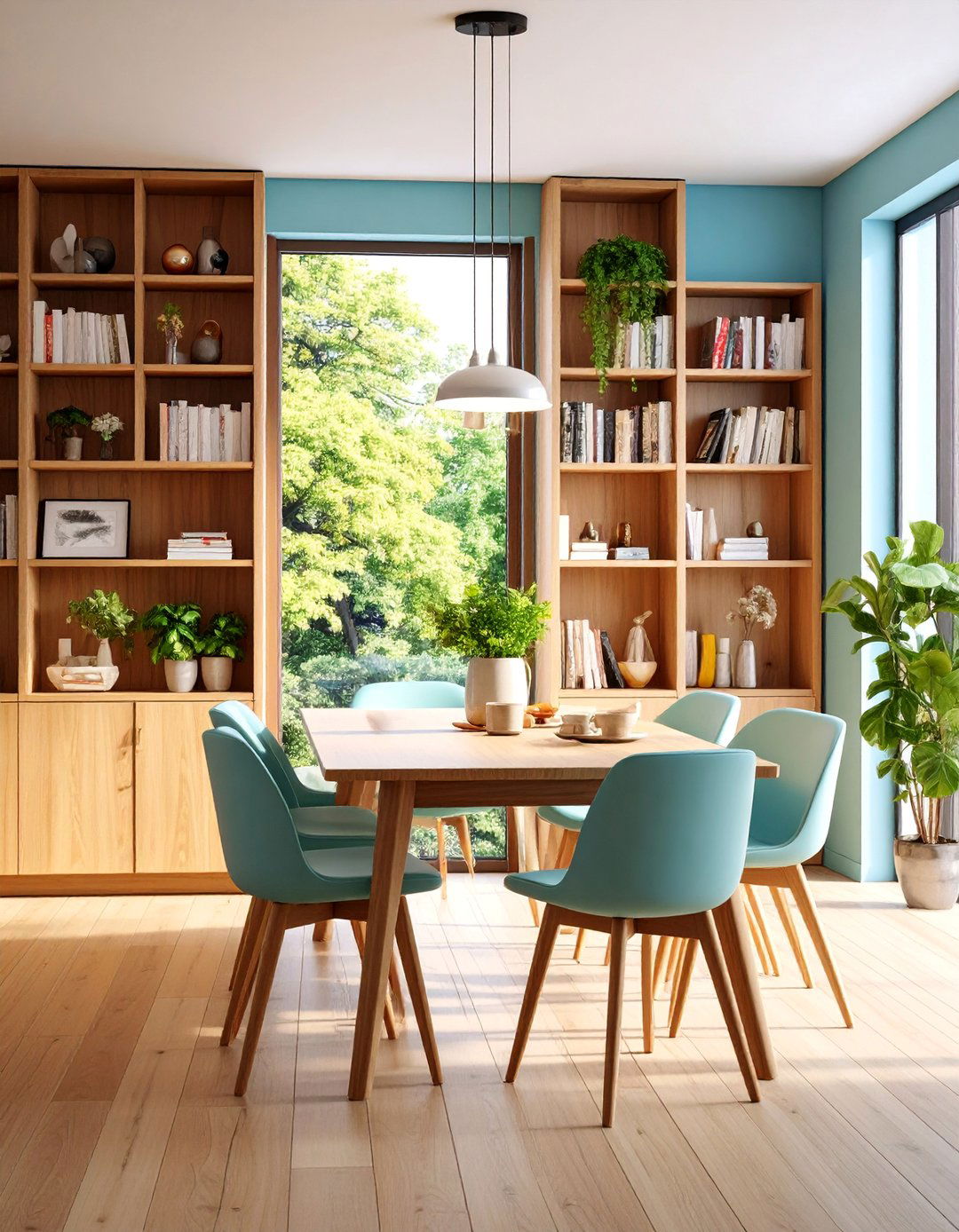
Create an element of surprise and whimsy by incorporating a hidden bookcase door that conceals additional storage or leads to other rooms. Install a bookcase section that swings open to reveal a pantry, wine storage, or passage to another area of your home. This design adds intrigue while maximizing both storage and space efficiency. Design the hidden door to blend seamlessly with surrounding bookcases, using similar wood tones and styling. Position your dining table to maintain clear sightlines and flow throughout the room. Add subtle hardware that maintains the illusion while ensuring smooth operation. This theatrical element creates a conversation starter while providing practical hidden storage solutions for dining accessories, seasonal items, or additional book collections.
9. Window Seat Library with Dining Banquette

Maximize natural light and seating by incorporating built-in window seats surrounded by floor-to-ceiling bookcases. Create additional dining seating with a banquette-style arrangement that complements the window seat reading nook. Use matching upholstery and cushions to unify the built-in seating elements while maintaining distinct functions for reading and dining. Add storage compartments beneath both window seat and banquette for books, linens, or dining accessories. This design works exceptionally well in rooms with large windows, creating bright, cheerful spaces perfect for morning coffee, afternoon reading, or intimate dinner parties. The built-in seating maximizes space efficiency while providing comfortable spots for various activities throughout the day.
10. Curved Bookshelf Dining Room with Organic Shapes

Embrace 2025's curved furniture trend by incorporating organic, flowing bookshelf designs that create visual softness in your dining library. Install custom curved shelving units that follow the room's natural flow or create interesting architectural features. Pair with a round or oval dining table and chairs featuring curved backs or organic silhouettes. This approach softens the typically angular nature of traditional bookcases while creating a more intimate, flowing environment. Use the curved shelving to display books alongside sculptural objects and plants that complement the organic aesthetic. This design is perfect for those who want to move away from rigid, traditional library layouts while maintaining functionality and sophistication in their dining space.
11. Color-Coordinated Library with Bold Dining Accents

Create visual impact by organizing books by color and coordinating with bold dining room accents. Design built-in shelving in neutral tones that showcase color-organized book collections, creating a rainbow effect or monochromatic sections. Choose dining furniture in complementary bold colors such as emerald green chairs or a navy blue sideboard. This approach turns your book collection into living artwork while adding personality to the dining space. Incorporate colorful accessories, artwork, and table linens that echo the book color scheme. Perfect for design enthusiasts who want their space to feel curated and intentional. This method works particularly well in modern or eclectic interiors where bold color choices enhance rather than overwhelm the space.
12. Multi-Level Library Dining Room with Loft Elements

Create architectural interest by incorporating multiple levels and loft-like elements in your library dining room. Install bookcases at varying heights and add a small loft area or raised platform for additional seating or reading space. Use a combination of built-in and freestanding furniture to create zones within the room. Add a spiral staircase or ladder to access upper levels, making the library element both functional and visually striking. This approach works best in rooms with high ceilings and appeals to those who want to maximize every cubic foot of space. The multi-level design creates intimate nooks for reading while maintaining an open feel for dining and entertaining.
13. Vintage Modern Mix Library with Eclectic Dining Furniture

Blend vintage library elements with modern dining furniture for an eclectic, curated look. Combine antique wooden bookcases with contemporary dining tables and chairs, creating interesting contrasts in style and era. Mix vintage leather-bound books with contemporary titles, and incorporate both antique and modern decorative objects. Choose lighting that bridges both styles, such as mid-century modern pendant lights or updated traditional table lamps. This approach allows for personal expression and creates spaces that feel collected over time rather than designed all at once. Perfect for those who love hunting for unique pieces and want their dining library to tell a story through carefully chosen vintage and contemporary elements.
14. Bar Cabinet Library with Entertaining Focus

Transform your library dining room into an entertainment hub by incorporating a sophisticated bar cabinet integrated with book storage. Design built-in units that combine book shelving with climate-controlled wine storage, glassware display, and beverage preparation areas. Choose a dining table that can transition from everyday meals to cocktail parties with appropriate styling. Add a mobile bar cart for flexibility and additional storage. This approach caters to those who love entertaining and want their dining library to serve multiple functions throughout the day. Include specialized lighting for both reading and ambiance, creating the perfect environment for intimate dinner parties or larger social gatherings.
15. Reading Nook Dining Room with Cozy Seating Areas
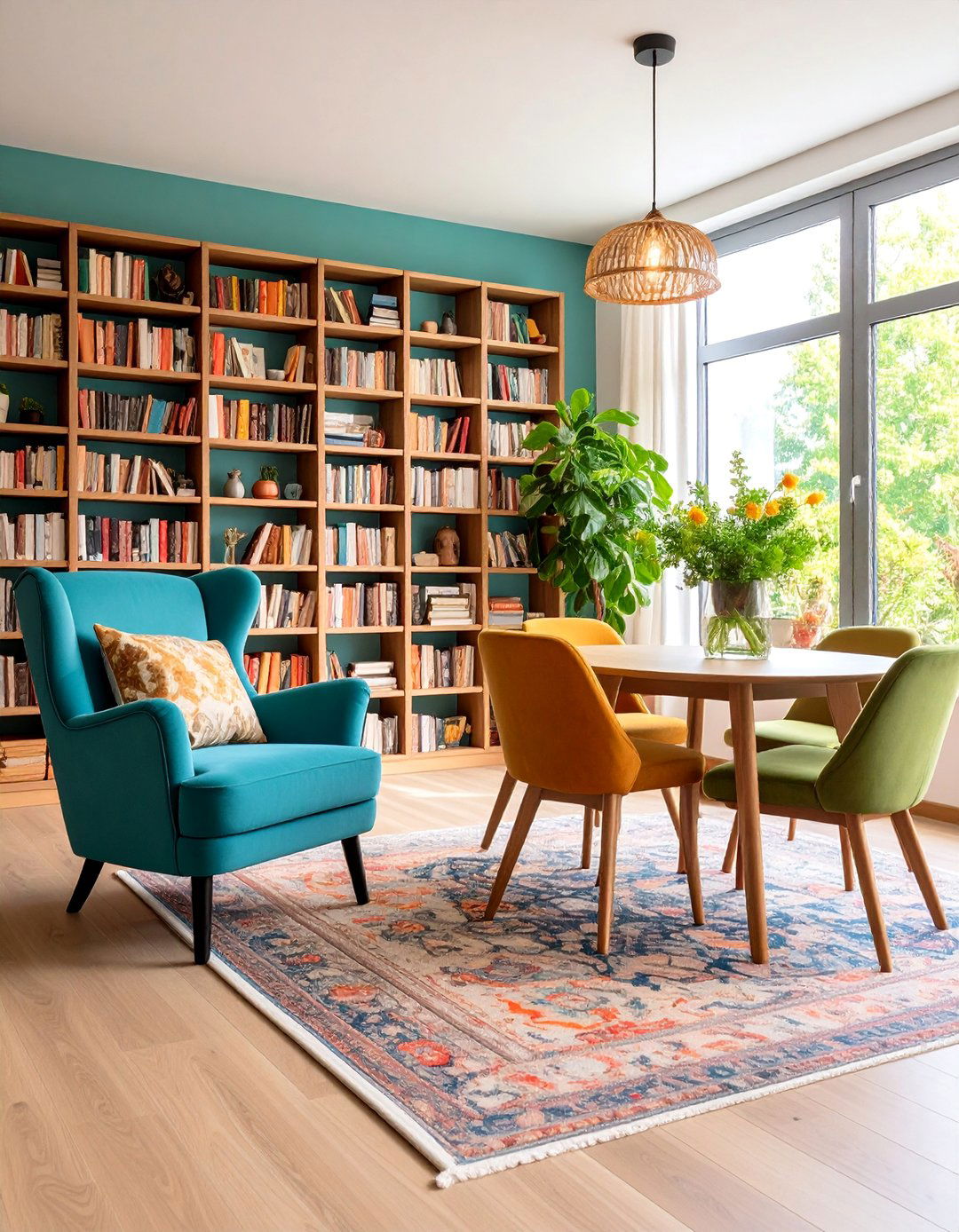
Create intimate reading nooks within your dining library by incorporating comfortable seating areas that complement the dining function. Add a plush armchair or small sofa positioned near bookcases, creating a dedicated reading spot that doesn't interfere with dining activities. Use area rugs to define different zones within the room and add table lamps for task lighting. Choose furniture that can serve multiple purposes, such as ottomans with storage or side tables that work for both reading and dining needs. This design allows the room to transition seamlessly from quiet reading time to social dining experiences. Perfect for families who want a space that serves multiple generations and activities throughout the day.
16. Smart Storage Library with Technology Integration

Incorporate modern technology and smart storage solutions to create a highly functional library dining room. Install motorized shelving systems, integrated charging stations, and smart lighting that adjusts for reading versus dining activities. Choose furniture with built-in storage compartments and USB ports for modern convenience. Add digital displays that can showcase book collections, family photos, or artwork when not dining. This approach appeals to tech-savvy families who want their dining library to support modern lifestyles while maintaining traditional book storage and dining functions. Include voice-controlled systems for lighting and music to enhance both reading and dining experiences without cluttering the space with visible technology.
17. Biophilic Library Dining Room with Natural Elements

Embrace biophilic design by incorporating living plants, natural materials, and organic textures throughout your library dining room. Install wooden bookcases using sustainably sourced materials and add built-in planters for larger specimens. Choose dining furniture made from natural materials such as reclaimed wood, rattan, or bamboo. Incorporate living walls or hanging gardens among book displays to improve air quality and create visual interest. Use natural fiber rugs, linen textiles, and stone accents to enhance the connection to nature. This approach creates a healthy, calming environment perfect for both reading and dining while supporting environmental consciousness. The natural elements help reduce stress and improve focus, making it ideal for work-from-home scenarios.
18. Ladder Library Dining Room with Vertical Access

Install a traditional rolling library ladder to access high shelving while adding authentic library character to your dining room. Choose tall, floor-to-ceiling bookcases that justify the ladder's presence and create impressive vertical storage. Position the dining table to allow clear movement paths for the ladder while maintaining good traffic flow. Add track lighting or pendant fixtures that provide adequate illumination at various heights. This classic library element becomes both functional and decorative, appealing to those who love traditional library aesthetics. The ladder system allows for efficient use of vertical space while creating a sense of grandeur and sophistication that elevates everyday dining experiences into something special.
19. Open Concept Library Dining with Room Division

Use strategically placed bookcases to create subtle room division in open-concept spaces while maintaining visual flow. Design tall, narrow bookcases that serve as partial walls between dining and living areas without completely closing off the space. Choose bookcase designs that allow light to pass through while providing substantial book storage and display areas. This approach helps define the dining library zone while preserving the spacious feel of open-concept living. Add consistent lighting and flooring throughout to maintain cohesion while using the bookcases to create intimate dining experiences. Perfect for modern homes where traditional walls aren't desired but some definition between spaces is needed for functionality.
20. Wall Paneling Library with Architectural Details
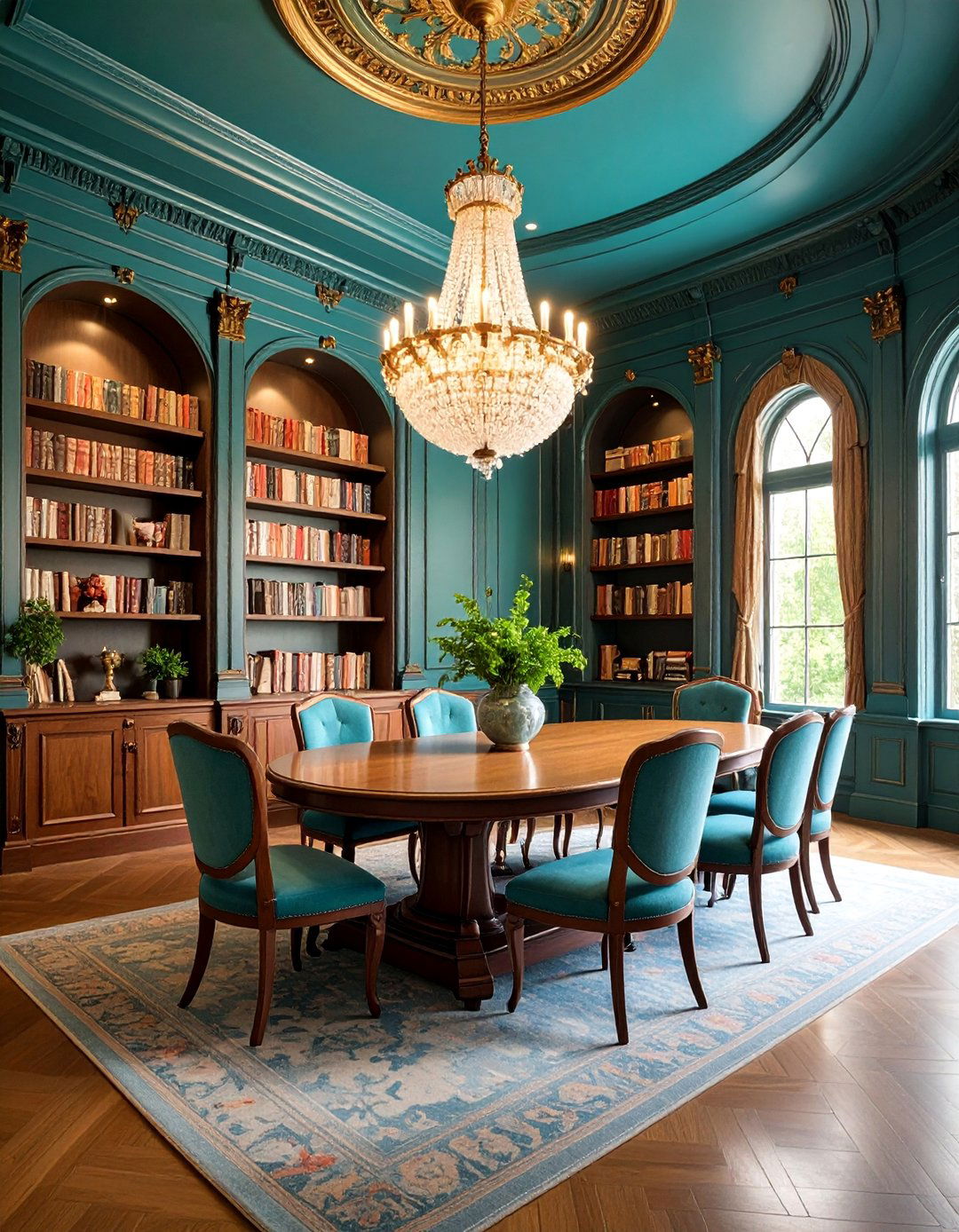
Incorporate decorative wall paneling behind built-in bookcases to add architectural interest and depth to your dining library. Choose traditional wainscoting, modern fluted panels, or contemporary geometric patterns that complement your overall design style. Paint the paneling in contrasting colors to make the bookcase contents pop visually. Add crown molding and baseboards to create a finished, custom appearance. This approach adds sophistication and visual weight to the room while providing a beautiful backdrop for both books and dining activities. The architectural details create a sense of permanence and quality that elevates the entire space, making it feel like a curated, intentional design rather than simply added furniture.
21. Minimalist Floating Cube Library with Clean Lines

Create a modern, sculptural look using floating cube shelves arranged in geometric patterns around your dining area. Choose consistent cube sizes and spacing to create rhythm and visual order while maintaining flexibility for different book sizes and decorative objects. Keep the color palette neutral and add interest through texture and form rather than color variation. Pair with equally minimalist dining furniture featuring clean lines and simple silhouettes. This approach appeals to those who prefer uncluttered, serene environments that promote focus and calm. The geometric arrangement creates visual interest without overwhelming the space, allowing the architecture and natural light to play important roles in the overall design aesthetic.
22. Rustic Farmhouse Library with Reclaimed Wood Elements

Embrace farmhouse aesthetics by incorporating reclaimed wood bookcases and vintage-inspired dining furniture. Use weathered barn wood, salvaged lumber, or distressed finishes to create authentic rustic character. Choose dining tables and chairs that complement the rustic bookcase materials, such as farmhouse tables with turned legs or vintage-style Windsor chairs. Add traditional elements like mason jar lighting, galvanized metal accents, and vintage books to enhance the farmhouse feel. Incorporate open shelving mixed with closed storage for a lived-in, practical appearance. This approach creates warm, welcoming spaces perfect for casual family meals and comfortable reading sessions. The rustic elements add personality and charm while maintaining the functionality needed for modern family life.
23. Library Gallery Dining Room with Rotating Displays

Design your library dining room to accommodate rotating displays of books, artwork, and collections. Install adjustable shelving systems and picture ledges that allow for easy rearrangement of books and decorative objects. Create seasonal displays or themed arrangements that keep the space feeling fresh and engaging. Choose neutral dining furniture that works with various display themes and color schemes. Add good task lighting that can be adjusted for different arrangements and activities. This approach keeps the space dynamic and interesting while accommodating changing interests and growing collections. Perfect for those who enjoy reorganizing and redecorating, creating a space that evolves with seasons, holidays, or personal interests while maintaining core functionality.
24. Corner Banquette Library with Built-In Seating

Maximize corner spaces by creating built-in banquette seating surrounded by custom bookcases. Design L-shaped seating with storage compartments underneath for books, linens, or seasonal items. Add comfortable cushions and pillows that can serve both dining and reading functions. Install adequate lighting for both activities and ensure the seating height works for dining table use. This approach works well in smaller dining rooms where space efficiency is crucial. The built-in nature creates a cozy, intimate feeling while providing ample storage and seating options. Add a round or oval table to complement the curved banquette shape and promote easy conversation among family and guests.
25. Multi-Functional Smart Library with Modular Elements

Create the ultimate flexible space using modular furniture and smart storage solutions that adapt to various needs throughout the day. Choose bookcases on wheels, expandable dining tables, and seating that serves multiple functions. Incorporate technology such as adjustable LED lighting, hidden charging stations, and retractable screens for presentations or entertainment. Design storage systems that can hide or reveal different collections based on current needs. This approach supports modern lifestyles where spaces must serve multiple generations and activities. The modular nature allows for easy reconfiguration as family needs change, making it perfect for growing families or those who frequently entertain. Smart technology enhances functionality without compromising the aesthetic appeal of the traditional library dining room concept.
Conclusion:
Library dining room combinations represent the perfect marriage of intellectual sophistication and practical living. These versatile spaces transform underutilized formal dining rooms into dynamic, multi-functional environments that serve modern families' diverse needs. From traditional built-in bookcases to contemporary floating shelves, each approach offers unique benefits while creating memorable spaces for both intimate family meals and quiet reading moments. The key lies in balancing storage functionality with dining comfort, ensuring adequate lighting for both activities, and choosing design elements that reflect personal style while maintaining long-term flexibility for changing needs.


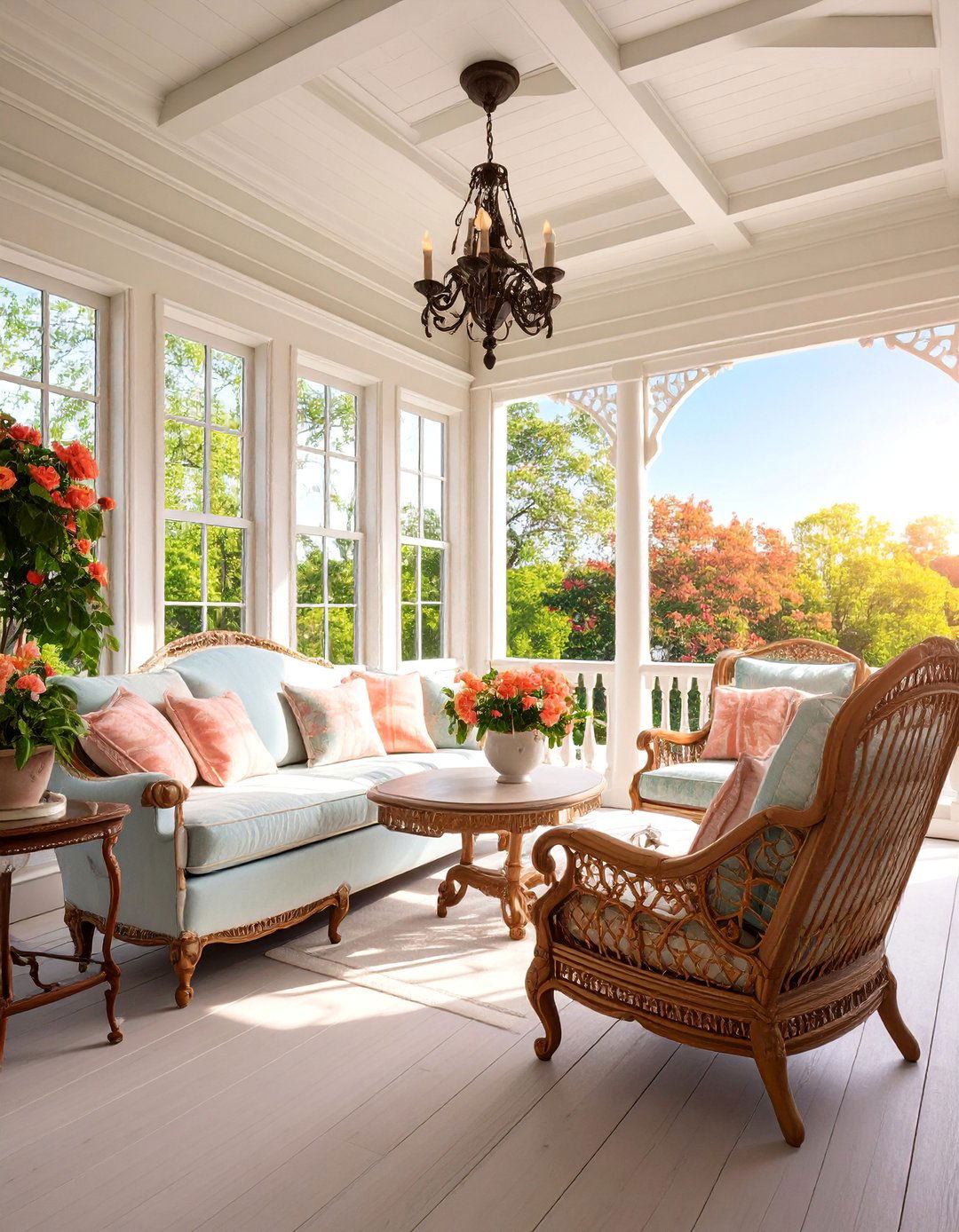

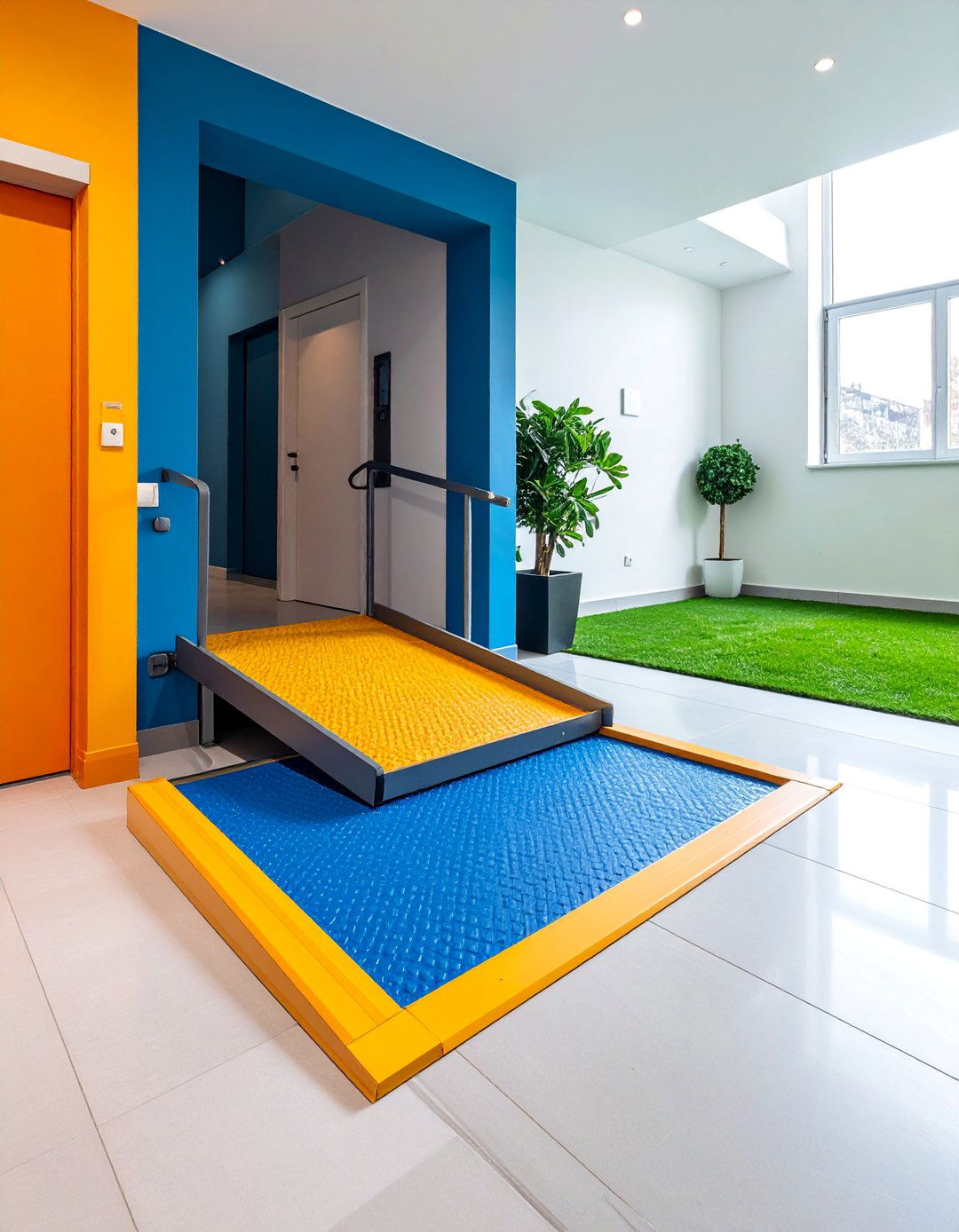
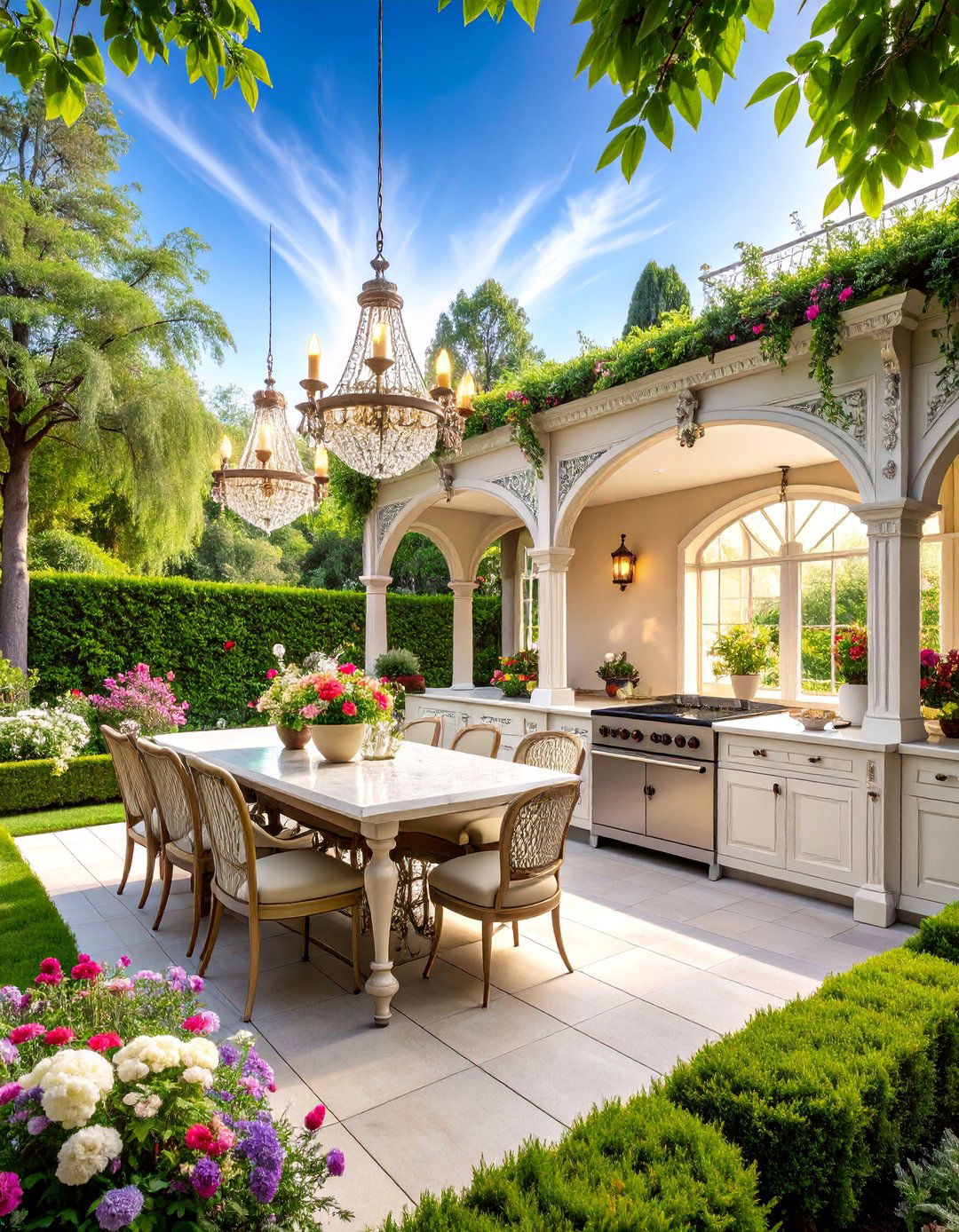
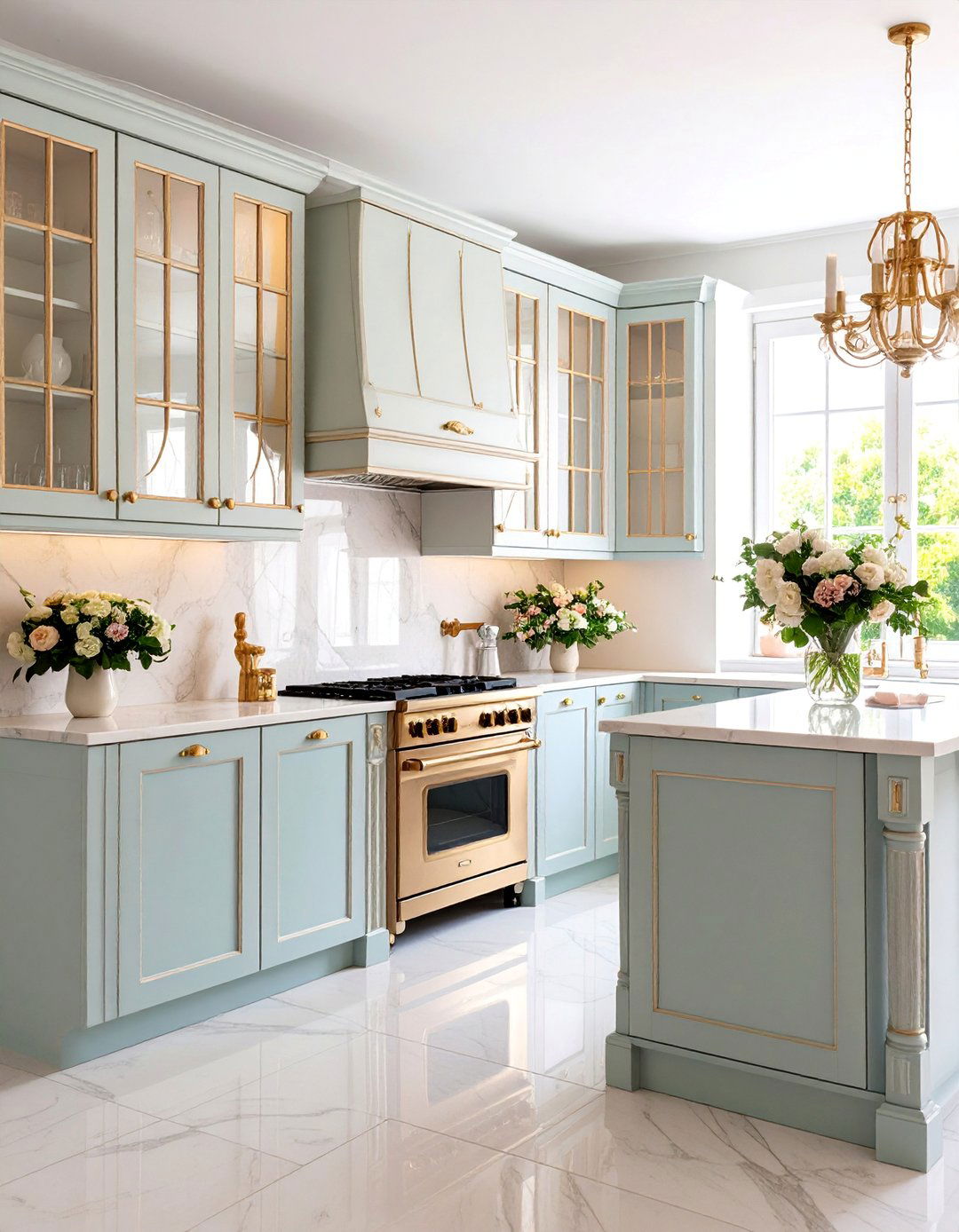
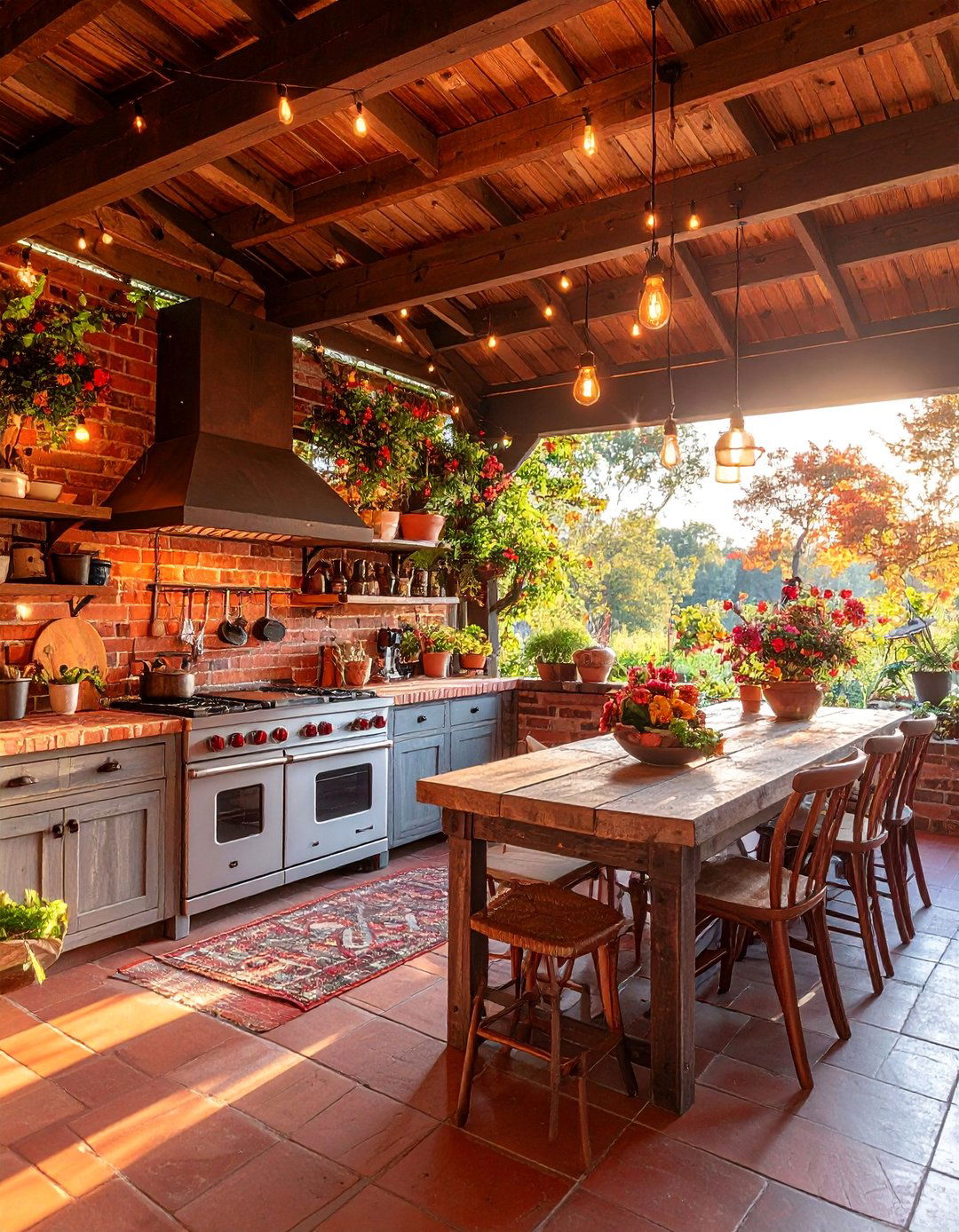
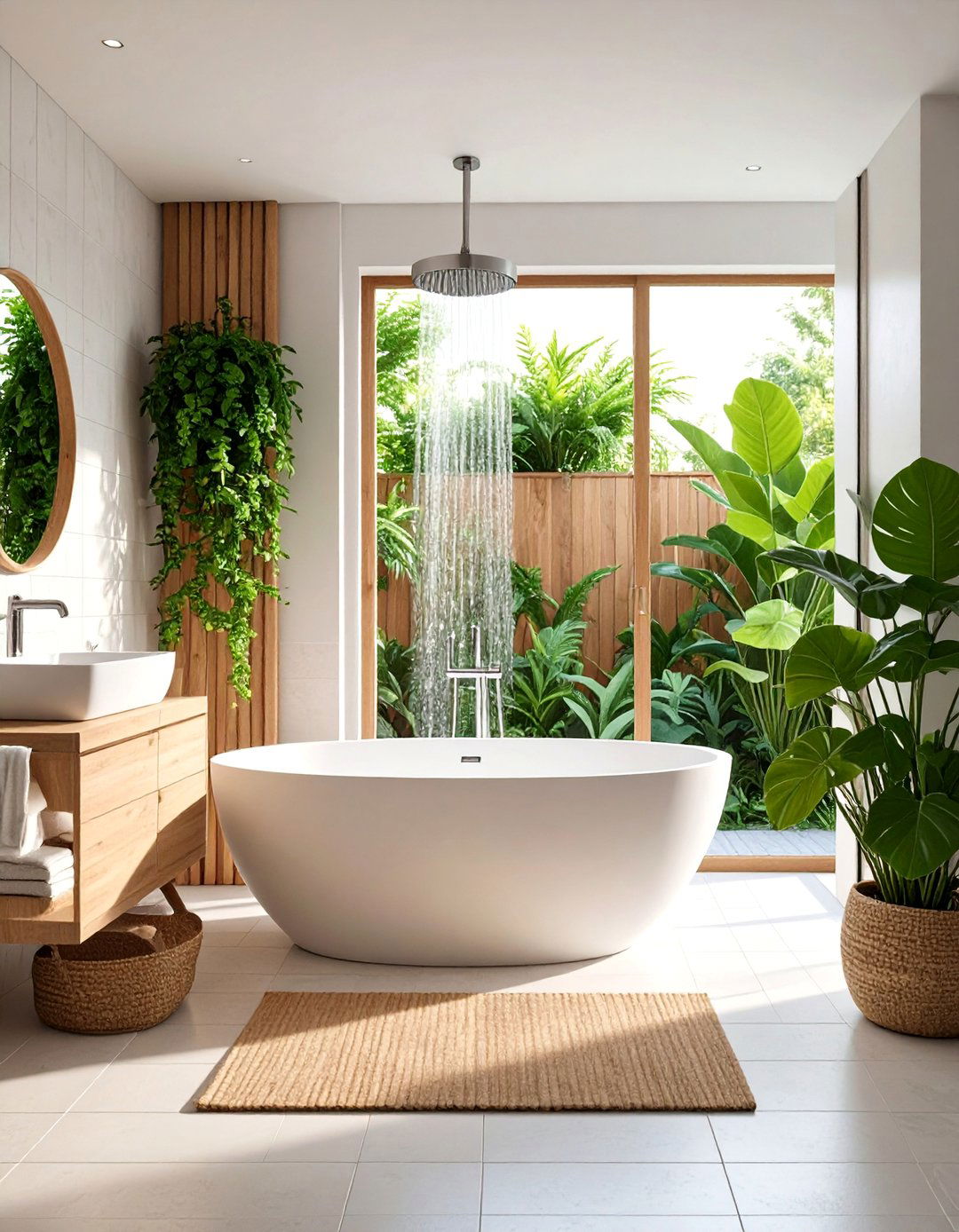


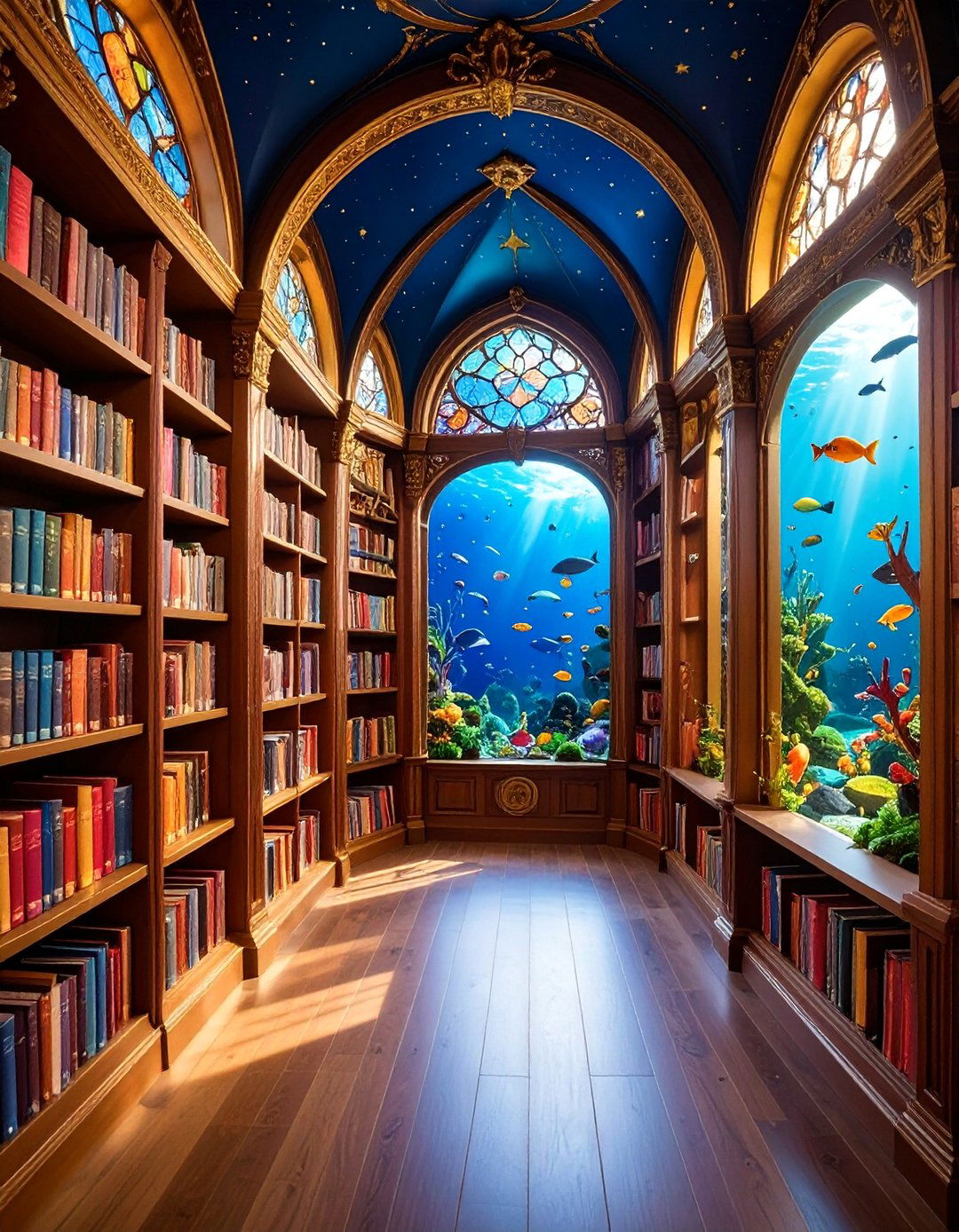

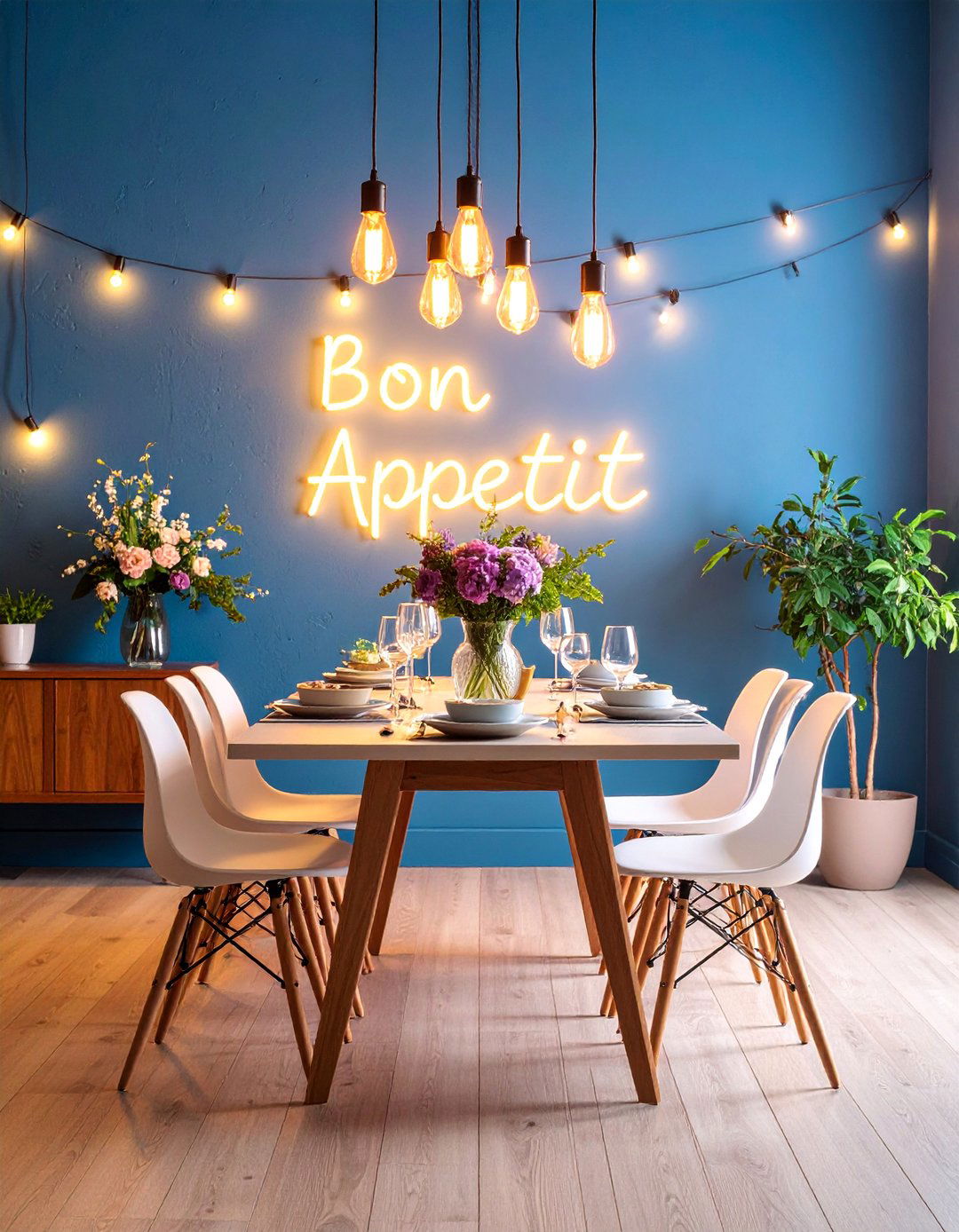
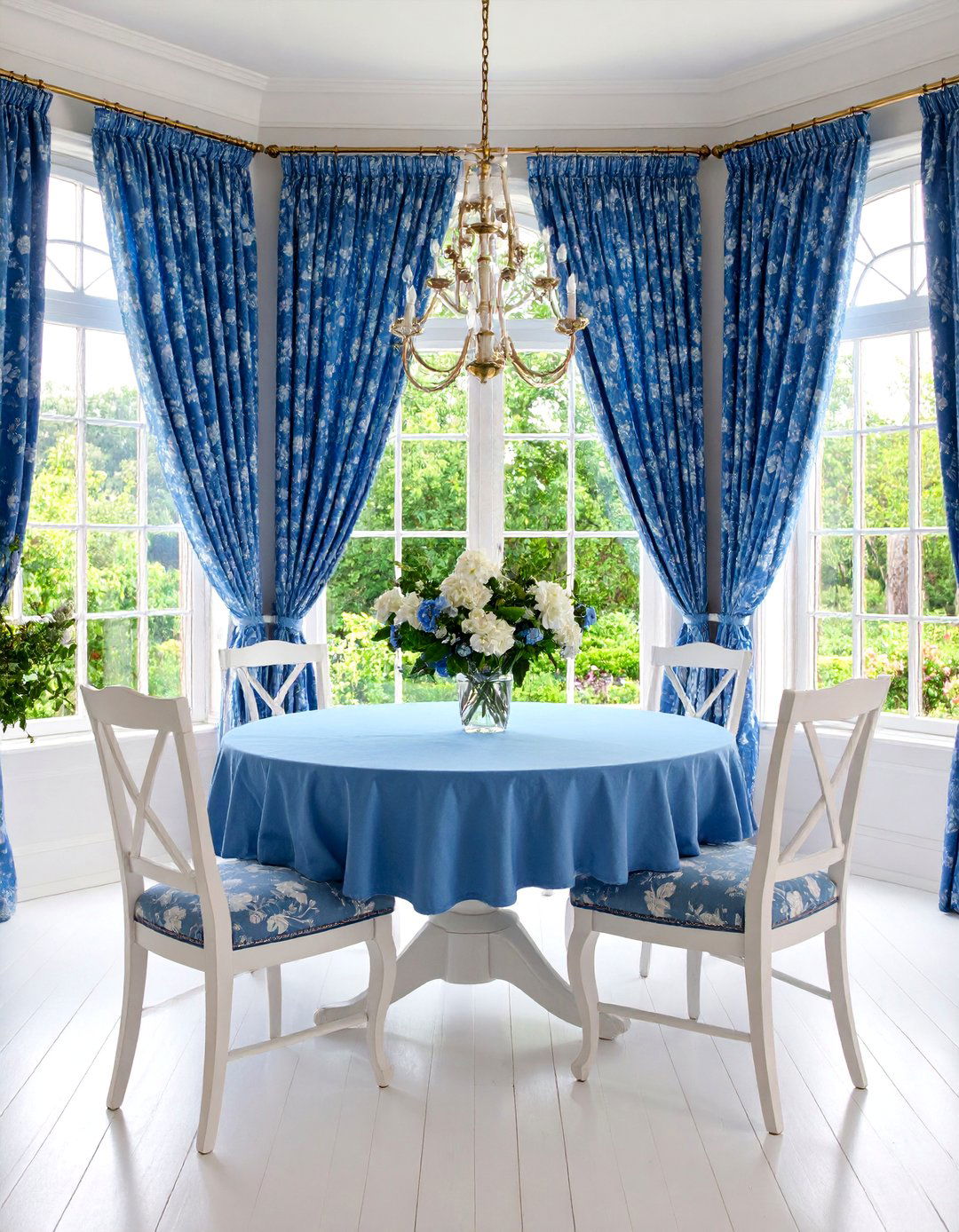



Leave a Reply